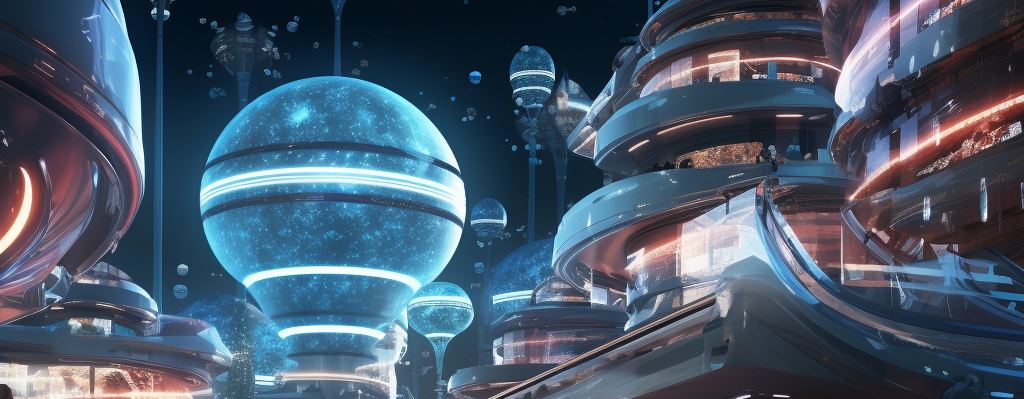Welcome to an in-depth look into the world of diffusion models, a groundbreaking technology in AI-driven image generation. In this post, we will closely examine each step of the diffusion process, using the example of a rose as it passes through various phases.
Step 1: Starting Point – Random Noise
Initially, the diffusion model starts with random noise. Technically, this noise is a collection of pixels in random colors and intensities, forming the foundation on which the image, in our case a rose, is generated. This process is akin to a painter beginning on a pristine canvas.
Step 2: Diffusion – Blurring the Clear
During the diffusion phase, random noise is gradually added to a clear image, like our rose. This is achieved through a process called “forward diffusion“, where the image is increasingly overlaid with noise. The pixels of the original image are replaced by random pixels, causing the image to gradually lose detail and clarity. This process is comparable to gradually painting over a sharp image until only a blurred impression remains.
Step 3: Reversing Diffusion – The Emergence of the Rose
Reversing the diffusion, also known as “reverse diffusion“, is the most complex part of the process. The model uses advanced algorithms to methodically unravel the noisy image and restore the original image – the rose. In this step, the model learns to interpret the random pixels and gradually transform them into a coherent image, utilizing a deep understanding of image structure acquired during training.
Step 4: Training the Model – The Art of Transformation
Training the model is a crucial step in acquiring the ability to turn noise into specific images. Here, the model is presented with thousands of images – in our example, of roses – to learn the specific patterns and characteristics of these images. Advanced machine learning techniques, such as neural networks and deep learning, enable the model to identify and reproduce the essential features of the rose.
Step 5: Generating Different Images – Infinite Variations
In the final step, different images are generated from the initial noise. The model uses the learned features and combines them with the initial noise to create unique variations of the rose. Each rose generated by the model is thus unique. This step demonstrates the impressive ability of AI to combine creativity and randomness to create artworks.
This thorough analysis of diffusion models reveals how advanced AI technologies can do more than just reproduce images; they can also create new, unique works. They thus open up a world full of creative possibilities and represent a significant advancement at the intersection of artificial intelligence and artistic creation.
